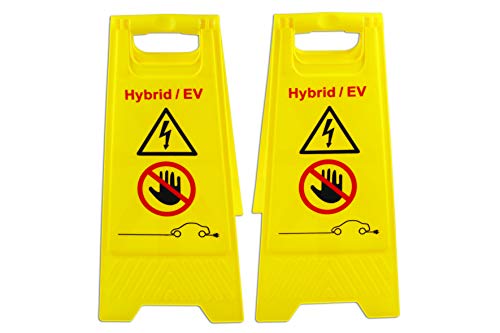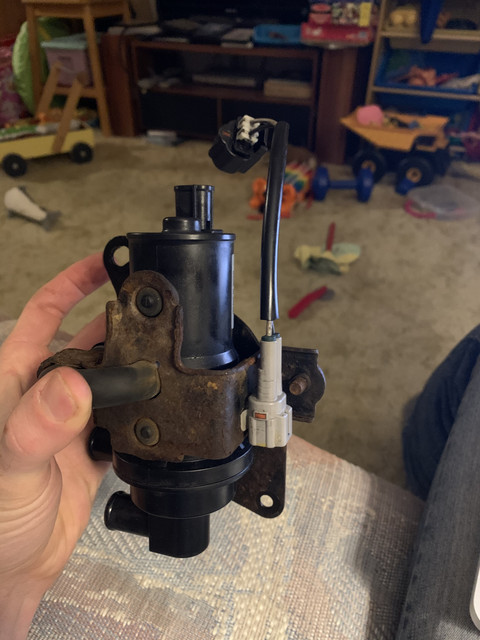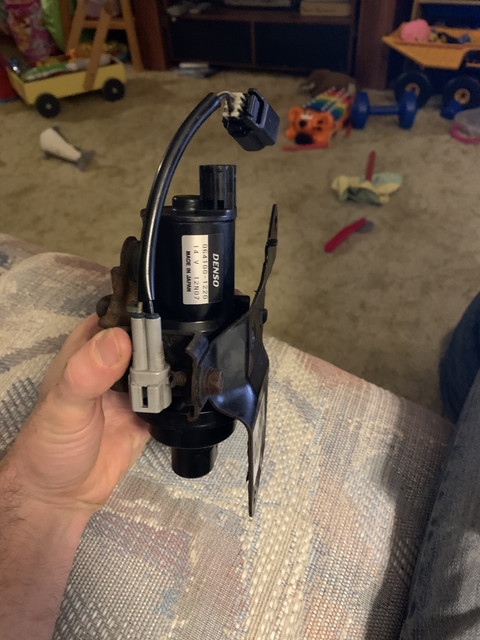Hi all,
Just in time for winter to be over, I have got my Espar diesel heater install to a functional point. I took a different approach than others and tried to install the heater in the most elegant manner from an engineering / thermodynamics perspective. I wouldn't necessarily recommend that others follow in my footsteps - it was a lot of work to save a few feet of coolant line length and I'm not sure it was necessarily worth it. This is how I think the Mitsubishi engineers would have installed a diesel heater if they had done it from the factory.
Highlights:
1) OEM PTC heater is maintained
2) Espar diesel heater installed inside the LH wheel well.
3) OEM water pump in heating circuit removed.
4) Water pump in the Espar unit does double-duty, running when electric heat is selected or when diesel heat is selected (required modifying the Espar wiring internal to the unit).
5) Coolant tank and all coolant lines insulated with spray foam / Rubatex and foil tape.
6) 4.5L fuel tank installed in front of 12V battery
7) Since 12V battery is blocked, fused lead brought forward for jumping/charging
8) Exhaust running to the rear of the vehicle
9) Filtered air intake beside coolant bottle.
Wiring inside the car is still to be completed. I plan on having a latching pushbutton in the car for ON / OFF (with an interconnect to the fan, so the heater cannot run unless the fan is running) as well as a low fuel light for the diesel tank (using the brass port). I'll maintain a connection for the Espar 7-day timer to be able to read diagnostic codes from the Espar unit, but don't intend to use the 7-day timer in everyday operations.
I have been running the heater using the Espar 7-day timer. What a game changer! Real heat! Warm windshield! Decent winter range! This should have been a factory option for northern climates.
Andrew
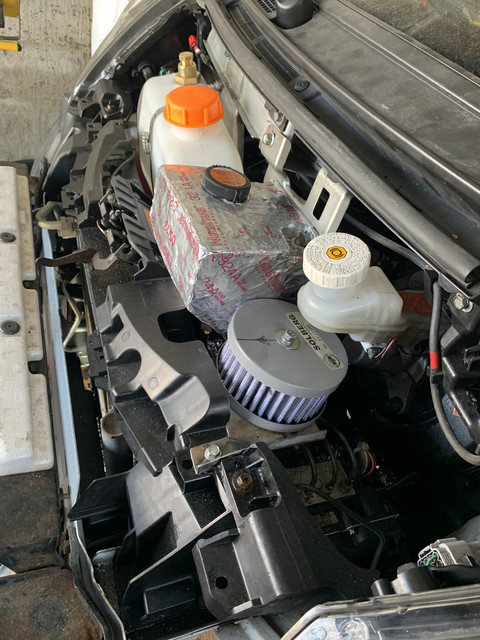
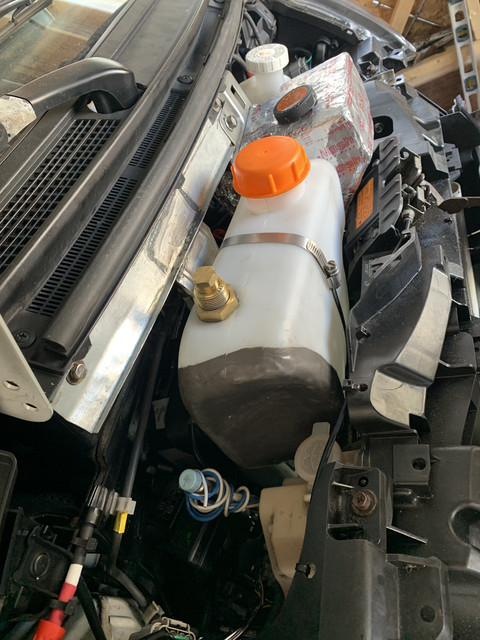
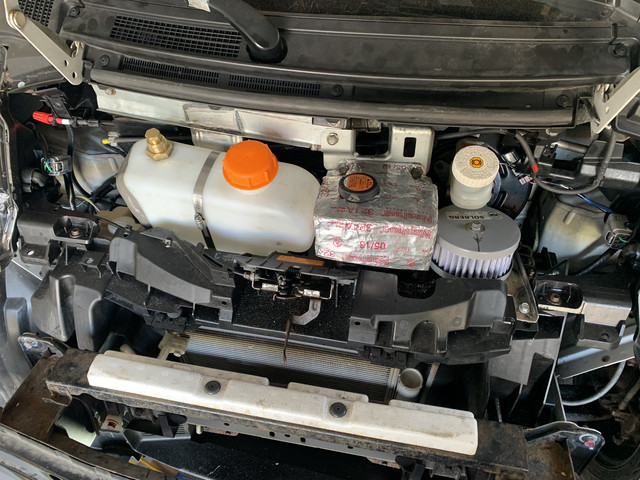
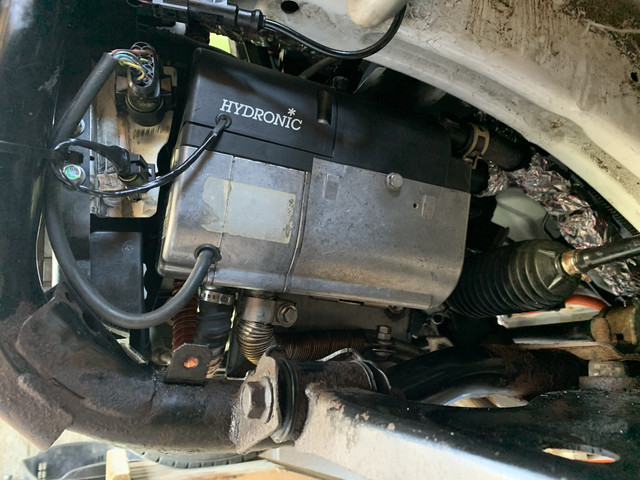
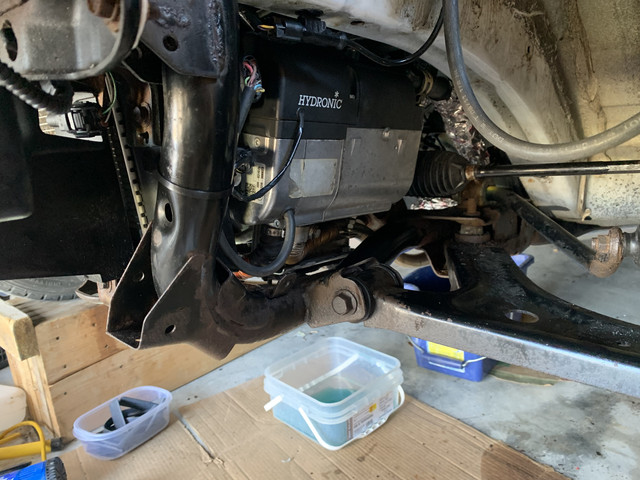
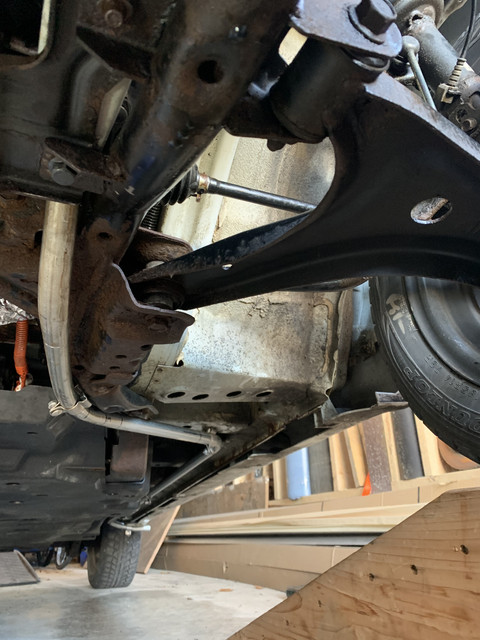
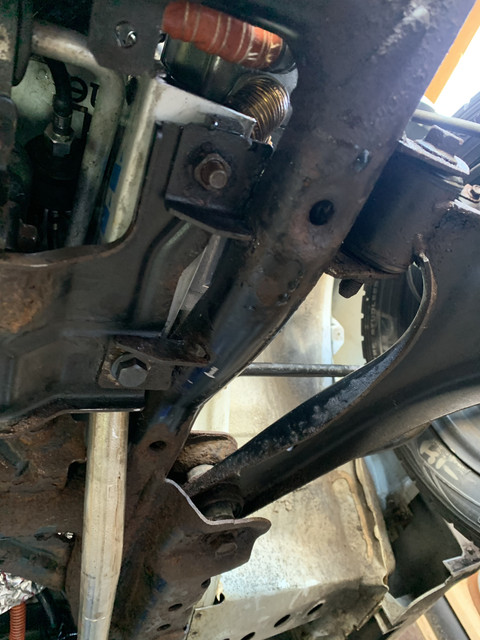
Just in time for winter to be over, I have got my Espar diesel heater install to a functional point. I took a different approach than others and tried to install the heater in the most elegant manner from an engineering / thermodynamics perspective. I wouldn't necessarily recommend that others follow in my footsteps - it was a lot of work to save a few feet of coolant line length and I'm not sure it was necessarily worth it. This is how I think the Mitsubishi engineers would have installed a diesel heater if they had done it from the factory.
Highlights:
1) OEM PTC heater is maintained
2) Espar diesel heater installed inside the LH wheel well.
3) OEM water pump in heating circuit removed.
4) Water pump in the Espar unit does double-duty, running when electric heat is selected or when diesel heat is selected (required modifying the Espar wiring internal to the unit).
5) Coolant tank and all coolant lines insulated with spray foam / Rubatex and foil tape.
6) 4.5L fuel tank installed in front of 12V battery
7) Since 12V battery is blocked, fused lead brought forward for jumping/charging
8) Exhaust running to the rear of the vehicle
9) Filtered air intake beside coolant bottle.
Wiring inside the car is still to be completed. I plan on having a latching pushbutton in the car for ON / OFF (with an interconnect to the fan, so the heater cannot run unless the fan is running) as well as a low fuel light for the diesel tank (using the brass port). I'll maintain a connection for the Espar 7-day timer to be able to read diagnostic codes from the Espar unit, but don't intend to use the 7-day timer in everyday operations.
I have been running the heater using the Espar 7-day timer. What a game changer! Real heat! Warm windshield! Decent winter range! This should have been a factory option for northern climates.
Andrew























